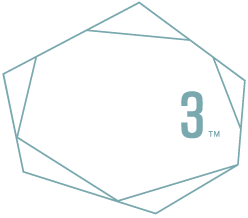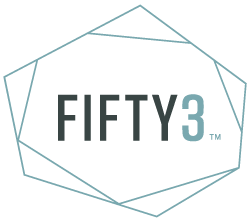Our team shares their expertise,
and we have a lot to say.
We constantly pursue growth and knowledge.
When we say we love marketing, we mean it. When we’re not building brands, creating digital marketing campaigns, and curating beautiful social media feeds, we’re writing and constantly learning about it all—along with just about every other aspect of marketing you can imagine.
Recent Posts
Launching on a Budget: Cost-Effective Digital Marketing Tools
Cost-Effective Digital Marketing Strategies and Guidance Through Market Uncertainty Let’s be real: the multifamily market is a scary place almost always, particularly when words like reduction in occupancy, high-interest rates,…
And The Winner Is… Home is Where the Beat Drops, Agency FIFTY3
We have some big news! We’re wrapping up 2022 with a portfolio full of new brand designs and campaigns, completed projects with some old and new clients, and... a brand…
Top Posts
Launching on a Budget: Cost-Effective Digital Marketing Tools
Cost-Effective Digital Marketing Strategies and Guidance Through Market Uncertainty Let’s be real: the multifamily market is a scary place almost always, particularly when words like reduction in occupancy, high-interest rates,…
Agency Fifty3 Partners With LeaseLeads to Debut Cutting Edge PropTech Products
DENVER, CO. Agency Fifty3, an award-winning digital and creative marketing agency for the multi-family industry, has partnered with up-and-coming PropTech company, LeaseLeads, to roll out the software company’s suite of…
Sign up for our newsletter.
Stay in the know about our insights and industry trends.
All Posts
- All
- Marketing
- News
- Design
- Digital
- Culture
- Social Media
Launching on a Budget: Cost-Effective Digital Marketing Tools
Cost-Effective Digital Marketing Strategies and Guidance Through Market Uncertainty Let’s be real: the multifamily market is a scary place almost always, particularly when words like reduction in occupancy, high-interest rates,…
And The Winner Is… Home is Where the Beat Drops, Agency FIFTY3
We have some big news! We’re wrapping up 2022 with a portfolio full of new brand designs and campaigns, completed projects with some old and new clients, and... a brand…
Facebook Is Removing One of Its Key Audiences For Use in Housing Campaigns
Facebook recently announced that it would be eliminating certain targeting options for housing, including Special Ad Audiences (SAA). The move comes as the company faces increasing pressure to comply with…
Top 5 Reasons to Get Your Apartment Community On TikTok Ads
You’re using Facebook, Instagram, maybe even Snapchat or Pinterest for marketing. That’s great! So why not TikTok? After all, TikTok is the leading destination for short-form mobile videos. Its concept…
AF3 | Google Premier Partnership
Join us in celebrating Agency FIFTY3's official recognition as a Google Premier Partner.
Better Leads At A Lower Cost
Social media advertising allows a unique opportunity for businesses to meet their audience where they are most engaged. Each platform provides a different experience for the consumer and contributes to…


